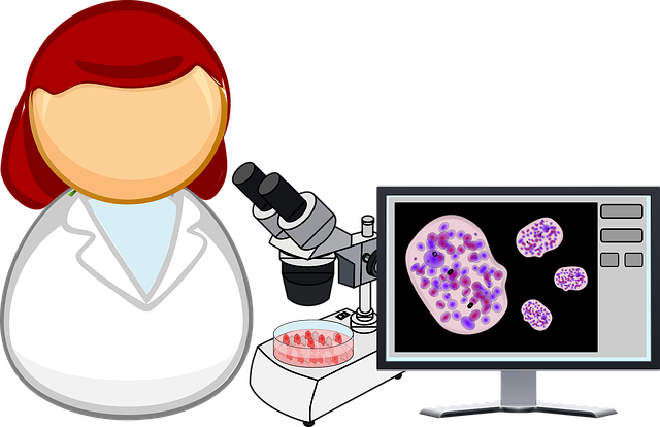

Every day, our bodies perform around 330 billion cell divisions to keep us alive and functioning. These divisions rely on the cell cycle, which has been in place since the earliest bacteria. The principle is the same: double the cell’s content, then split into two “daughter” cells.
However, in more complex organisms, the cell cycle has become increasingly sophisticated. This raises a question: What role do recently evolved genes play in regulating this fundamental process?
Two scientists with the group of Didier Trono at EPFL, Romain Forey and Cyril Pulver, set out to answer this question. Combining cell cycle biology with genomics, they investigated how gene activity changes across cell division. Working with their colleague, Alex Lederer, they created a detailed atlas of human cell cycle gene activity, which is now available to researchers and the public. The study itself is published in Cell Genomics.
The project was distinctively interdisciplinary, which is characteristic of research at EPFL. “Romain oversaw all of the wet lab experiments and brought in his cell cycle expertise, whilst I took care of the genomics analyses,” says Cyril Pulver.
He adds: “However, we did not strictly adhere to those disciplinary boundaries, as key hypotheses, mathematical modelling and wet lab experiments were discussed and decided upon jointly. We are also indebted to Alex Lederer from the lab of Gioele La Manno, who performed a key analysis regarding the CRISPRi data, essentially positioning 1.9 million cells within the cell cycle according to their transcriptomes.”
Specifically, the study revealed that several recently evolved transcription factors regulate genes that are active during specific phases of the cell cycle. When some of these factors were knocked down, the cells got stuck at specific stages or lost their usual timing compared to the rest of the cell population, disrupting the orderly flow of division.
Another protein, ZNF274, found in mammals but absent in older reptiles, fish etc, was found to have an additional impact: it regulates the moment at which specific chunks of the genome are duplicated prior to mitosis, a process linked to epigenome maintenance, 3D organization and nucleus organization.
“We contribute a comprehensive resource regarding human cell cycle gene expression and perturbations, which we hope will be of use to our colleagues worldwide,” says Pulver.
- The paper Evolutionarily recent transcription factors partake in human cell cycle regulation. was published in Cell Genomics. Authors: Cyril Pulver, Romain Forey, Alex R. Lederer, Martina Begnis, Olga Rosspopoff, Joana Carlevaro-Fita, Filipe Martins, Evarist Planet, Julien Duc, Charlène Raclot, Sandra Offner, Alexandre Coudray, Arianna Dorschel, Didier Trono.
Other contributors #
Nexco Analytics
Funding #
European Research Council
Swiss National Science Foundation (SNSF)
Aclon Foundation
- The article New genes, old job: the cell cycle evolves, signed by Nik Papageorgiou was published in EPFL

